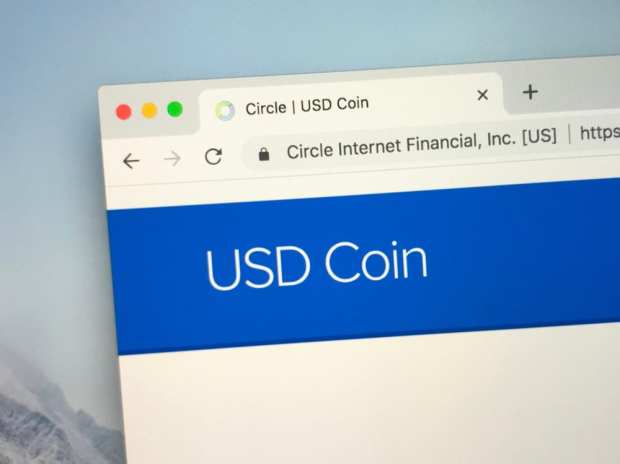Coinbase: Rewards Will Spur Crypto Adoption For ‘Everyday Use’

Libra is taking its lumps, as regulators tighten scrutiny on that cryptocurrency project.
Bitcoin is bumpy, to say the least, changing hands at $8,300 – a far cry from the $10,600 levels it fetched a month ago.
The seemingly eternal debate over cryptocurrencies is when and how – and maybe even if – the digital coins will make it into the mainstream as instruments of commerce.
Though cryptos come in all sorts of flavors for trading – and some might say speculation – they’ve made limited inroads into being used to buy and sell goods and services, into use cases that tie directly into the financial habits of everyday life that have evolved over thousands of years, such as saving, planning and even investing.
It may be the case that to gain wider adoption from individuals, cryptocurrencies will have to mimic (at least in some respects) the financial instruments that have themselves found entrenchment among consumers.
To that end, Coinbase said on Wednesday (Oct. 2) that it has launched USDC Rewards, through which eligible U.S. customers will begin earning rewards equivalent to 1.25 percent APY on every USD Coin held across Coinbase.
The USD Coin is described as a stablecoin, where each coin is backed by $1 USD. The company has said through a blog post on Wednesday that such a coin has the “functional benefits” of crypto, along with price stability. To date, the consortium co-founded by Coinbase and the firm that created USD Coin has issued one billion of those digital coins.
In an interview with PYMNTS, Max Branzburg, head of consumer product at Coinbase, said one of the goals of the rewards program is to help Coinbase customers earn a return on those USD Coin holdings without having to sell or transact any cryptocurrency. And, as the firm has noted, it can take between four and five days for digital coins to transfer between savings and trading accounts – and with the new offering, holders can do both instantly.
“One of the critical learnings from Coinbase’s early days was that among the values that people got out of investing in bitcoin was that it was it was secure and it could be transferred instantaneously around the world,” Branzburg told PYMNTS. He said the value proposition has helped Coinbase scale to its present reach into more than 100 countries, 30 million accounts and a number of different cryptocurrencies.
“A lot of those attributes that made investing in bitcoin and other cryptocurrencies exciting for the general population can also be applied to stablecoins,” he noted, maintaining that the instantaneous transfer of stable value is extended through USD Coins and USDC Rewards.
“We want to help go beyond speculative investment into a place where the technology and idea of cryptocurrency is driving toward a more open financial system,” said Branzburg.
The Stablecoin
In response to PYMNTS’ question of whether stablecoins may be necessary to move beyond the volatility that has marked other issues – and that there could be an asset “backstop” to stabilize pricing – Branzburg said an asset-backed offering may indeed prove to be more accessible to a broader set of people. The profile of the typical consumer embracing USD Coin and the rewards program is one who may just be getting into crypto for the first time.
As Branzburg noted, stablecoins “are well-understood, and they have less volatility. As a result, we think some of the benefits [seen by] the early adopters of bitcoin, Ethereum and other assets will become accessible to many millions of people.” The rewards program is viewed by Coinbase as a starting place for bringing financial services into the crypto realm.
“You can see those rewards accruing in real time,” Branzburg said, “paid out on a monthly basis” with no fees or minimum balance required – representing fundamental differences from traditional credit card-based programs, where users have to spend to earn rewards.
PYMNTS noted, too, that security concerns have surrounded cryptos in general (such as has been seen with Libra and with news of crypto exchanges being attacked by hackers, who in turn have been able to drain digital wallets). Branzburg responded that customers own their USD Coins and that the coins are always in the individuals’ control.
“They can send [the coins] off-platform and can send it to friends instantaneously,” he said, “and there is also no charge to do that.”
In addition, he noted that Coinbase has never experienced a material breach in its seven-year history, and stated that the firm has helped develop KYC and AML processes that are robust in nature.
As for a roadmap, Branzburg said, the Wednesday launch debuts the rewards offering in the U.S., but it can be eventually be scaled internationally.
“This is an evolution that we see ahead,” Branzburg told PYMNTS, “and it’s an evolution where crypto will be much more widely adopted and used in everyday life beyond investments.”
